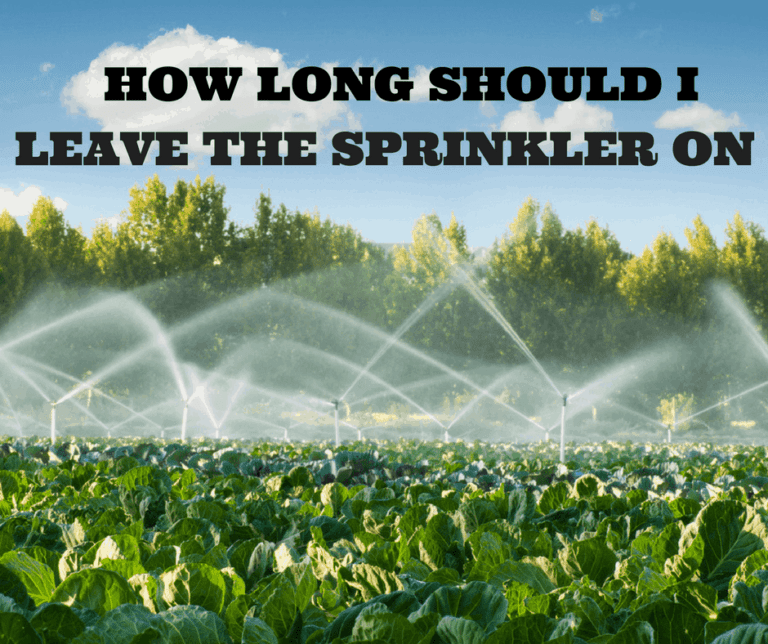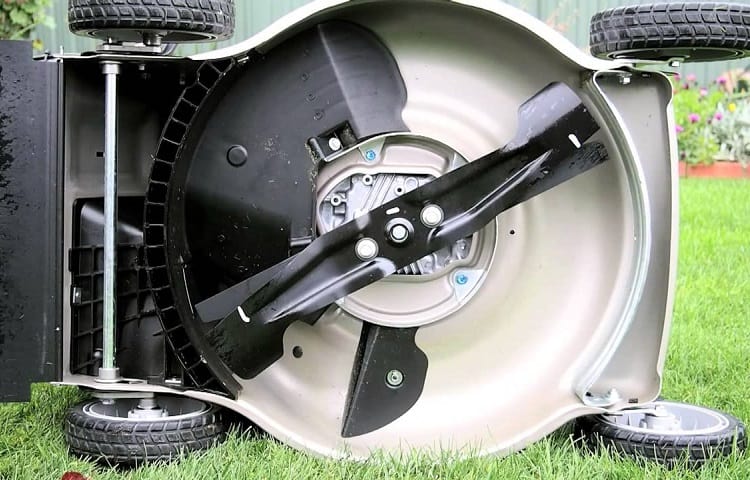Our Quick Guide to Finding the Best Fescue Grass Seed
Our recommendation for the best fescue grass seed is probably Kentucky 31 Tall Fescue. Tall fescue is the Swiss army knife of cool-season grasses. It can handle a wide range of soil conditions, temperatures, and extreme weather. While not perfect for every location, it offers a turfgrass that requires only a moderate amount of maintenance for fast establishment or repair or your lawn. Check out our other options below, if you want some flexibility in your fescue grass seeds.
Our Picks for the Best Fescue Grass Seed
[wptb id="8204" not found ]What You Need to Know about Grasses
It’s helpful to know some basic grass science to understand what makes fescue different from other plants. We can start with cool and warm-season grasses. The terms describe the time of year that each type is in an active growth stage. For cool-season grasses, it is fall and early spring. For warm-season species, late spring and summer are optimal times of growth.
Cool-Season Grasses
Knowing the category of grass allows you to narrow down your choices quickly. Other factors, of course, will influence your decision of a grass such as intended use, local climate, and soil properties. It’s essential to understand the particular needs and tolerances of various grasses including fescues so you can match the right plant with your location.
Cool-season grasses are suitable for a range of uses from the precision of putting greens to heavily trafficked athletic fields or residential lawns—and everything in between. They share many characteristics such as a common preference for temperatures between 65 and 75 degrees Fahrenheit. They include four groups within the cool-season grass family that include:
- Kentucky bluegrasses
- Perennial ryegrasses
- Bentgrasses
- Fescues
By contrast, warm-season grasses do better in warmer conditions in the 85 to 90-degree range. They differ from cool-season grasses in that they cannot tolerate the cold. And while they can handle wear well, they are typically shade intolerant. When it comes down to handling variable conditions, cool-season grasses stand above the rest.
The Transition Zone Challenge
The transition zone marks the area between the cool zones of the north and the warm ones of the south. It is often hard to get a lawn established, let alone have it thrive. It’s that Goldilocks paradox of either being too cold or too warm. That’s where tall fescue can come in. This grass can handle the cold northern winters and the hot, dry conditions of southern summers.
Characteristics of Fescues
Because fescues are cool-season grasses, they are suitable for a host of environmental conditions. However, as a whole, there is a lot of variability within fescues. They share some structural characteristics as well as a lesser degree of intolerance extreme heat or drought. However, that’s where the similarities between the different types of fescues end.
Fescues include the softer texture of fine fescues to the stiffer feel of coarse fescues. Some are tolerant of soils with low fertility like creeping red fescue which will fail to thrive in sites with highly fertile soils. Most are shade tolerant though the degree varies with species. Of all the varieties, tall fescues stand out from the rest because of several defining characteristics.
Because fescues grow quickly, you can also sow grass seed on an existing lawn. This video by This Old House explains how to reseed a lawn that needs some help to recover from damage and bare spots.
What Tall Fescue Offers as a Turfgrass
Tall fescue is an excellent, all-purpose cool-season grass. This medium-green grass quickly establishes turf. You’ll find a variety of textures from fine to coarse, depending upon the type. There are three broad categories of tall fescues that include turf types (non-dwarf), dwarf turf types, and pasture types.
Pasture types aside, the primary difference between the other two lies with disease resistance. Dwarf turf types have a higher disease tendency than non-dwarf varieties. If your location has several environmental challenges like heavy traffic or poorly draining soils, you will do better selecting a tall fescue with a greater range of tolerances.
Tolerances
Overall, tall fescues can handle a wide range of soil conditions which speaks to the fact that these grasses are some of the most widely planted and adapted plants you can get. They can handle the cold as well as shade. They are adapted to a reasonable amount of salt tolerance and wear resistance. You can establish a lawn of tall fescue by seed or sod.
Disease Resistance
The fact that tall fescue is tolerant of so many conditions also means it has marked disease resistance. Plants that are adapted to weather extremes are less likely to succumb to pests. A wide range of tolerances, therefore, is like insurance for the health of your lawn. Grasses stay robust and keep up their natural defenses against disease and pests.
Maintenance
The required maintenance for tall fescues reflects the environmental conditions that can pose some difficulty. For example, while it can handle heat and drought, you will need to water the grass regularly during times of low precipitation when the grass is actively growing. There are numerous cultivars if you need a grass with greater drought tolerance.
Tall fescue will thrive whether or not you fertilize your lawn. However, if you want the best-looking grass, you ought to consider a late season application. Like most cool-season grasses, you should fertilize tall fescue in late spring and toward the end of fall. Never fertilize during the summer when the hot temperatures will stress your lawn.
Like other cool-season grasses, it’s best to keep tall fescue on the taller side when it comes to mowing. Aim to keep your lawn at about 2 ½ to 3 ½ inches high during the spring through fall mowing season. Cutting any lower can severely damage your grass. Tall fescue does best if you use a rotary-type mower and leave the clippings on the lawn.
Our Recommendation: Kentucky 31 Tall Fescue
Tall fescue solves a lot of lawn care problems. It can tolerate both heat and cold conditions. We liked the appearance of this medium-green grass that forms dense bunches. The fact that it can handle wear was another plus in our book. And it’s hard to beat a grass that will stay green the winter long and doesn’t go dormant and turn brown.
Kentucky 31 Tall Fescue is a grass seed that will produce a lawn with better heat tolerance than other tall fescue species, another point in its favor. It produces a lush lawn of coarse, green texture that can handle traffic well. We also like the fact that Kentucky 31 is one of the older varieties around. It certainly has stood the test of time.
Establishing a lawn can present a challenge in locations that have variable environmental conditions. It makes good sense to opt for a grass that is adapted to the particular stresses that your site includes. With its wide adaptation to many climate stressors, tall fescue offers a hardy grass that can meet your needs for your lawn’s use and maintenance requirements.

![Best Battery Powered Cordless Weed Eater Reviews [year]](https://properlyrooted.com/wp-content/uploads/2022/10/Best-Battery-Powered-Cordless-Weed-Eater-Reviews-150x150-1.png)



